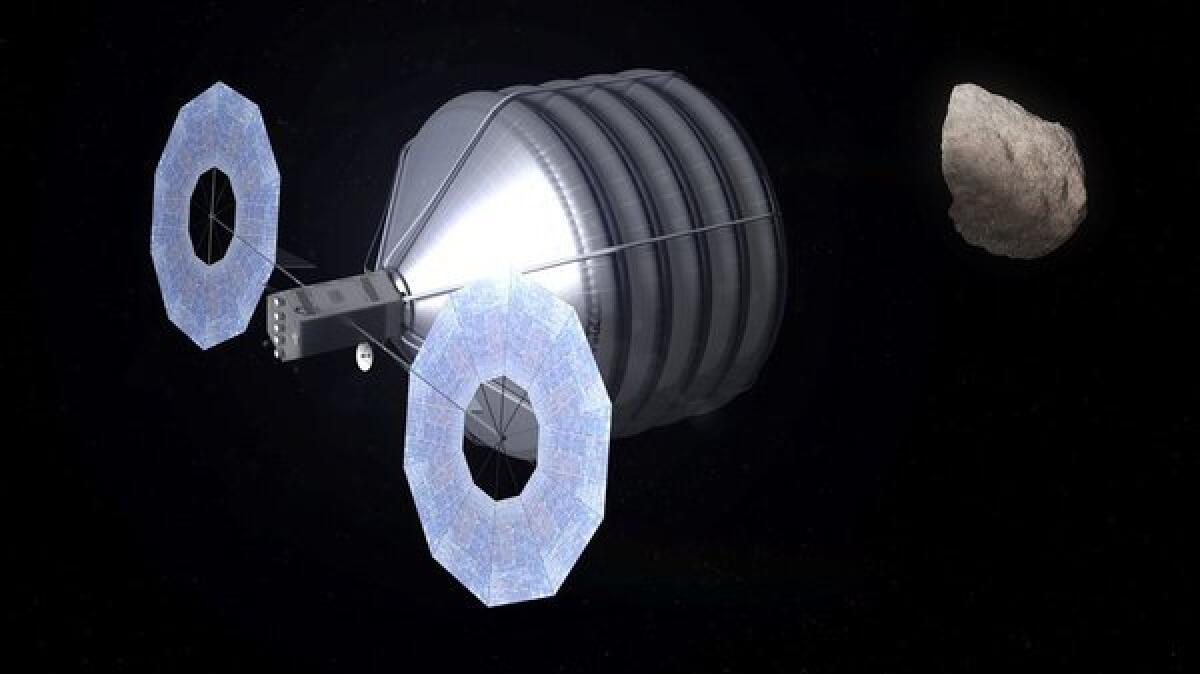NASA wants you to help save Earth from a deadly asteroid

NASA is getting serious about protecting the Earth from asteroids, and the space agency wants your help.
If you have thoughts on how NASA can efficiently identify potentially hazardous asteroids, or ideas for improving the agency’s preliminary plans for capturing an asteroid and dragging it into lunar orbit in 2017, NASA officials want to hear from you.
“Too often, by the time we present a mission to the public, it has already been baked, and there’s not much we can change” said Robert Lightfoot, associate director of NASA, at an event outlining the agency’s Asteroid Initiative on Tuesday. “This is your chance to present your ideas to us before the mission is baked.”
On Tuesday, the agency released an Asteroid Initiative Request for Information inviting academics, scientists, engineers and regular civilians from around the world to weigh in on NASA’s two-part Asteroid Initiative to identify all potentially dangerous asteroids and figure out what to do about them, and to capture an asteroid, put it in lunar orbit and then send an astronaut to its surface.
The agency wants to hear your thoughts on the the best way to detect asteroids, how to use a spacecraft to alter a dangerous asteroid’s orbit, the best way to bag an asteroid, the types of gear an astronaut would need to land on an asteroid, and how to get the public excited and invested in this mission.
But you’ll have to think fast: NASA is giving you just 30 days to send your ideas via email to the agency. NASA will host an online forum on July 27 at 11 a.m. (Pacific) to answer questions about the Asteroid Initiative, and final thoughts can come in no later than July 18.
NASA will discuss the responses at an industry workshop in September. And if the agency likes your ideas, you may be invited to present them. Alas, you won’t be paid for them, NASA notes.







